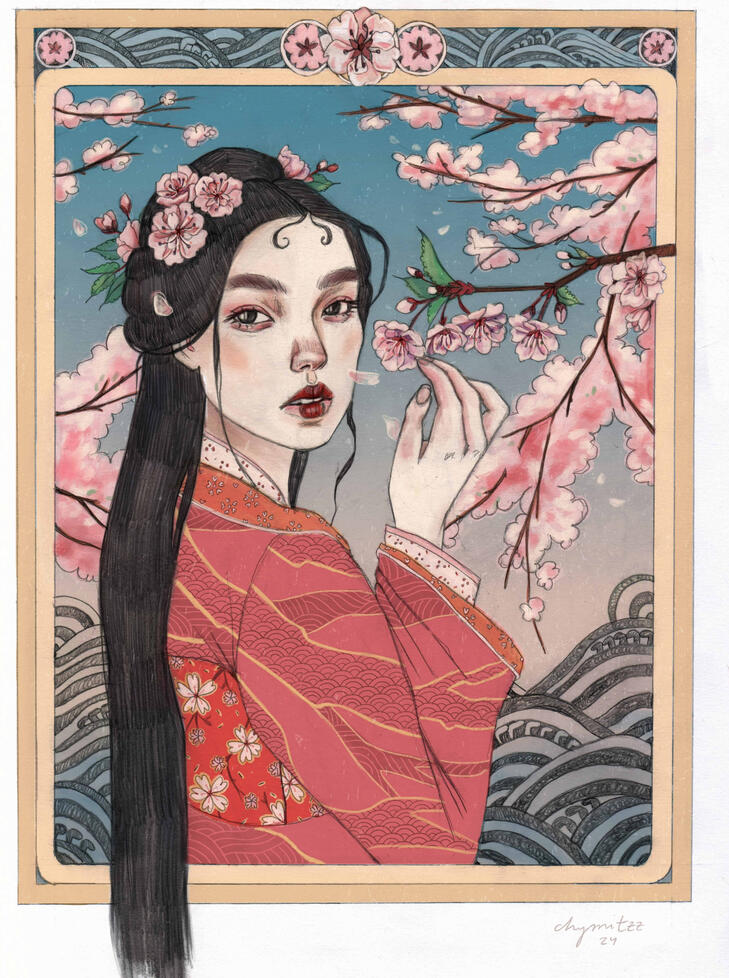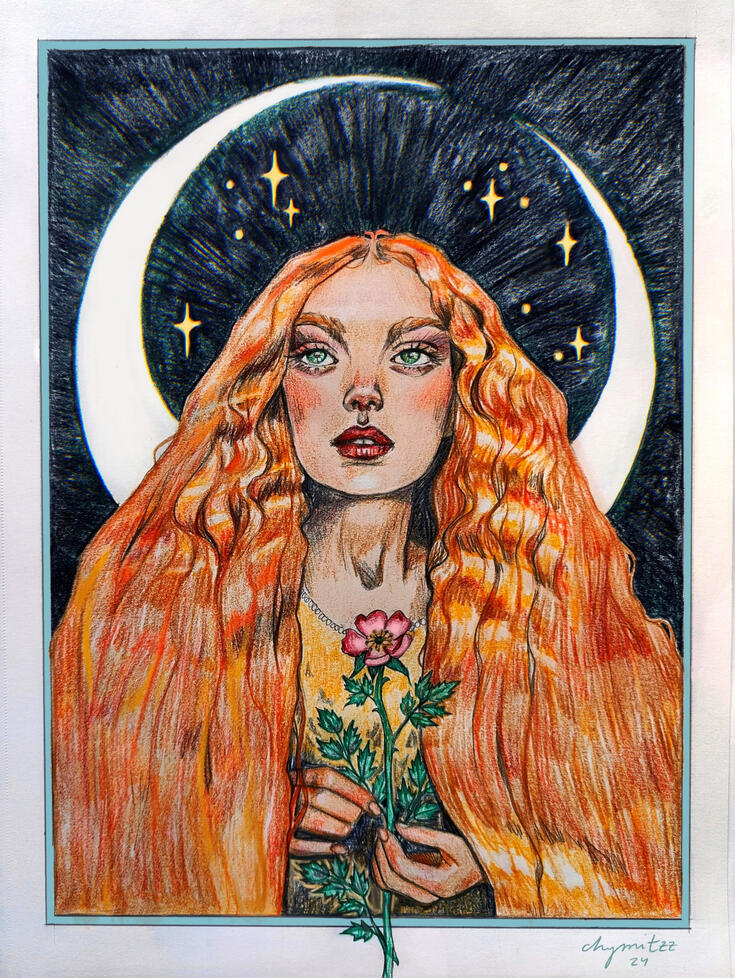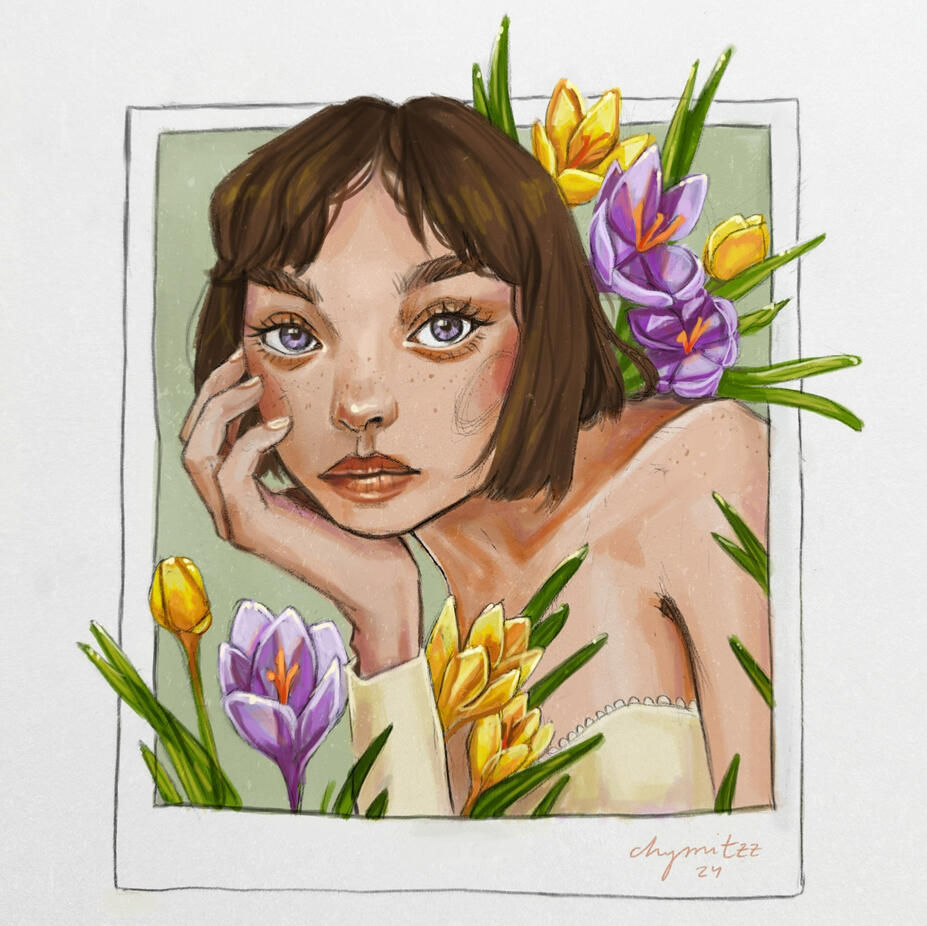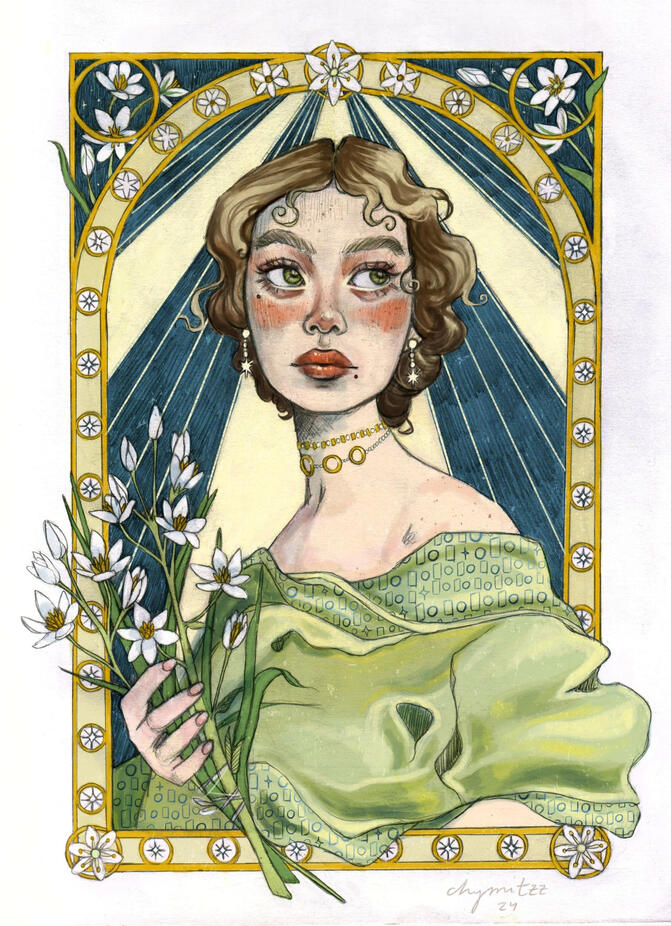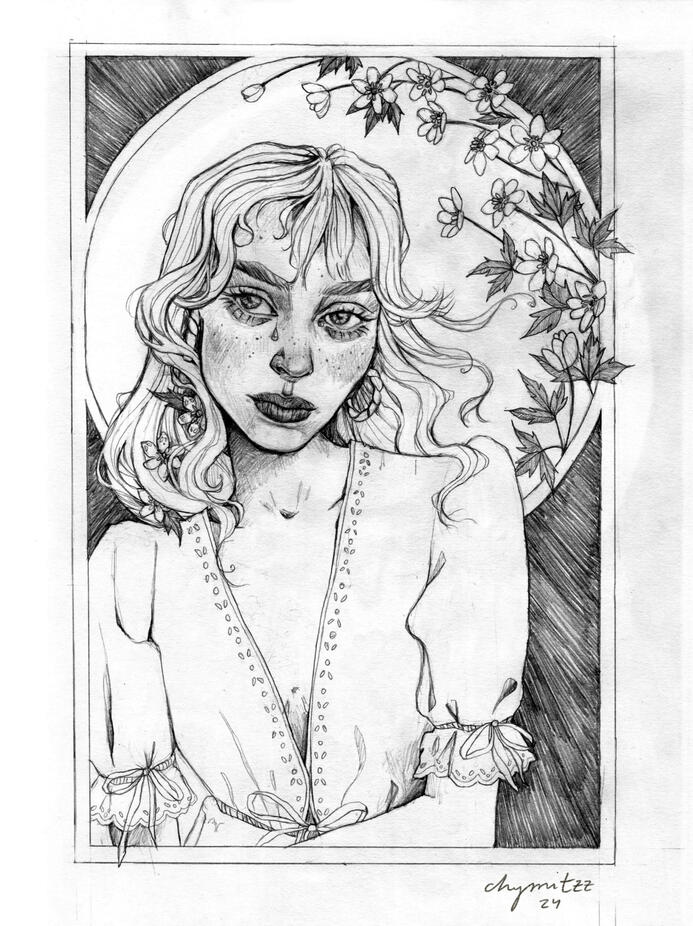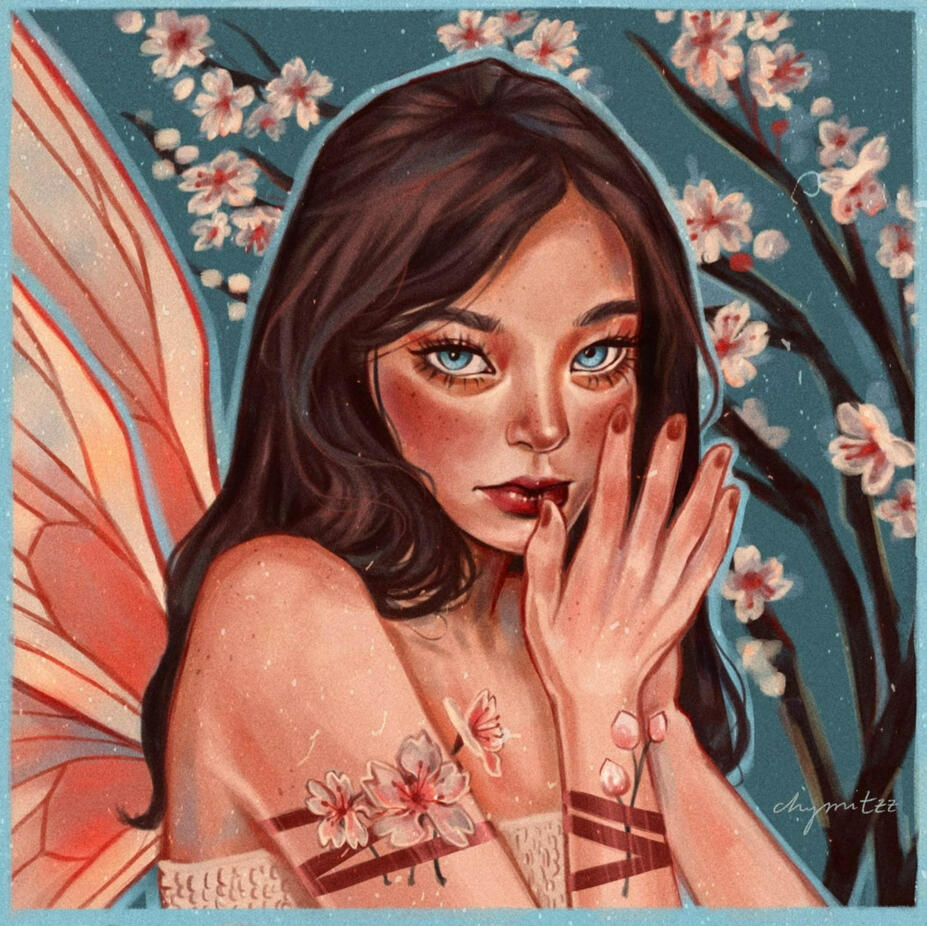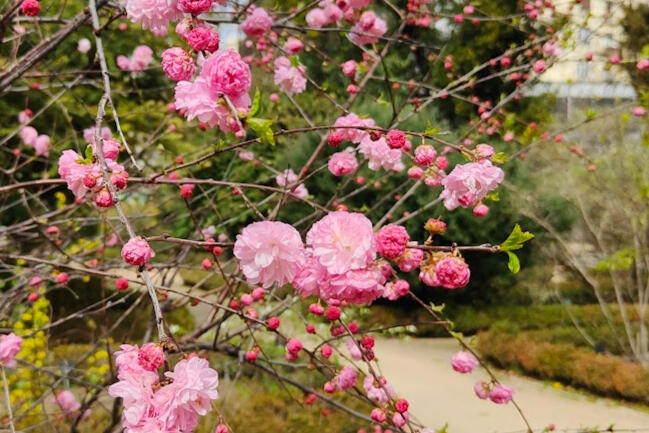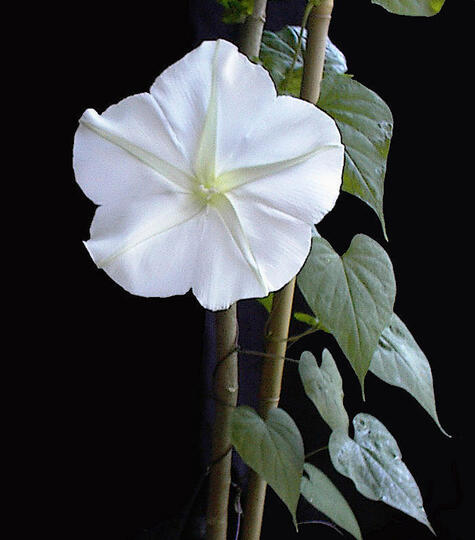The rain that waters the earth during the first spring days is often accompanied by a rain of soft, blush-color petals from the cherry blossom trees, or sakura, in Japanese.Though the beauty of these flowering trees is universal, cherry blossom viewing has been celebrated in Japan ever since the year 700. This tradition, known as hanami, has its roots in the shinto belief that spirits and gods in nature take the form of water, rocks, mountains... and trees. Cherry blossom trees were believed to be the seat of rice pad gods, so when the cherries started blooming, people honored the tree and prayed for a good rice harvest. The beauty of the cherry tree was also noticed by the Japanese elite, who began celebrating hanami parties under the trees with food and sake to admire their beauty.The plant genus Prunus includes almond, peach, plum, apricot and various cherry tree species. In particular, flowering cherry trees are included in the subgenus Cerasus.The most common species of flowering cherry trees are P. serrulata, P. x yedoensis, P. pendula. However, there are over 300 varieties of cherry blossom trees (many of them sterile!), as Japanese have been crossing different varieties for hundreds of years, searching for hidden beauty: different colors, weeping blossoms, multiple petals.After a leafless winter, the beautiful blossoms of these trees only last two weeks; after this, the blossoms fall and new leaves sprout. Thus, they are a symbol of the transience of life: a reminder that beauty does not last forever.But they are a symbol of Japan too, and that is why the trees have sometimes been torn down and fallen victims of xenophobia.Now, hanami has grown so much in popularity in Japan that the cherry blossom front is predicted and recorded every year across the island. Studies show that the past decade has seen earlier blooms, which have been attributed to climate change.My mind cannot grasp how much history, symbolism, and belief, is hidden between the softness of the petals of the sakura... The rain of petals that fall as I walk under the clouds of blossom wrap me in a vanilla-like scent, which belonged to a sacred spirit in the past, but now is mostly associated to an objects of cold aesthethic admiration. I hope that by sharing the story of the sakura, you will be able to honor the tree too.
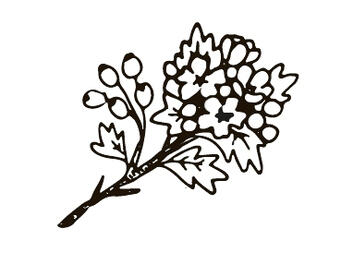
Rosehip oil is rich in vitamin E and used to treat burns, scars and wrinkles. The hip is edible and high in vitamin C; can be made into sweet jams or tea. Rose petal infusion is thought to alleviate headaches and dizziness.Rose flowers are associated to the goddess Aphrodite and symbolize love and beauty.

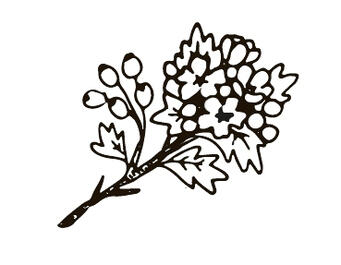
Early blooming flowers; thus a symbol for hope, spring and new beginnings.Crocus sativus, the saffron crocus, was highly valued in Asia and the East Mediterranean region. Frescoes in Greece show the use of saffron dates back to the Bronze Age. It is also mentioned in The Illiad and the Old Testament.Saffron was traditionally used as dye, parfume, culinary spice and medicine. Persians and Sumerians used it to relieve melancholy. Chinese used it promote blood circulation and ease depression.


Folklore says that the star-of-Bethlehen shattered into pieces, blessing the earth with star-shaped flowers.Flowers bloom during May-June with daylight, opening at noon and closing at night or when the sky is covered.The entire plant is toxic as it contains cardiac glycoside convallatoxin, which increases cardiac output while reducing heart rate.

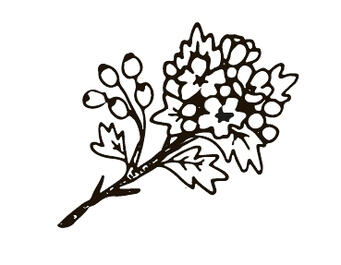
This wildflower grows in shady, humid woods, and flowers appear in early spring. Faeries are thought to live inside the flowers and close them up whenever rain approaches.Its name anemone derives from Greek nemos (wind), referring to how easily their petals are agitated by the wind. In Greek mythology, they grew from the tears shed by Aphrodite after her lover Adonis was killed. Many cultures associate windflowers with death and .The plant contains protoanemonine, a toxin that can transform into anemonine, which is anti-inflammatory. This could be behind the traditional uses of the plant to treat ulcers, headaches and rheumatism.

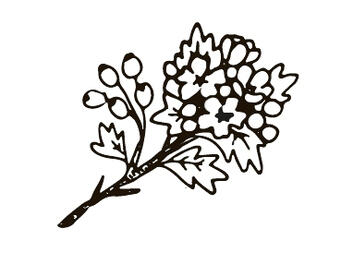
Prunus mume are highly appreciated flowering tree species in China, Japan, Korea and Vietnam; because of their beauty, their plum fruit and their medicinal properties.The flowers of the tree bloom in early spring, before the leaves bud, covering the tree in soft white and pink petals. As the flowers bloom when the earth is still covered in snow, the plum blossom is often a symbol for elegance, hope and endurance in China. They belong to the ‘four gentlemen’ plants of Chinese traditional art, along with orchids, chysantemums and lotus. It is thought that the Japanese cherry flowering festivals originated from the Chinese tradition of admiring the blossoming plum trees. Japanese also attributed protective powers to the tree, as they believed in planting the Prunus mume trees in the northeast region of the garden, as a way of guarding the home from evil.The fruit is traditionally used to make plum juice, sauce, liquor and pickled plums. Moreover, Chinese traditional medicine, plum fruits (wu mei) have been used to treat intestinal illnesses. Scientific research has shown that the plant contains many bioactive compounds with potential to treat diabetes, osteoporosis, cancer, digestive and cardiovascular diseases.

Prunus mume are highly appreciated flowering tree species in China, Japan, Korea and Vietnam; because of their beauty, their plum fruit and their medicinal properties.The flowers of the tree bloom in early spring, before the leaves bud, covering the tree in soft white and pink petals. As the flowers bloom when the earth is still covered in snow, the plum blossom is often a symbol for elegance, hope and endurance in China. They belong to the ‘four gentlemen’ plants of Chinese traditional art, along with orchids, chysantemums and lotus. It is thought that the Japanese cherry flowering festivals originated from the Chinese tradition of admiring the blossoming plum trees. Japanese also attributed protective powers to the tree, as they believed in planting the Prunus mume trees in the northeast region of the garden, as a way of guarding the home from evil.The fruit is traditionally used to make plum juice, sauce, liquor and pickled plums. Moreover, Chinese traditional medicine, plum fruits (wu mei) have been used to treat intestinal illnesses. Scientific research has shown that the plant contains many bioactive compounds with potential to treat diabetes, osteoporosis, cancer, digestive and cardiovascular diseases.

The moonflower is a vine whose luminous white, fragrant, trumpet-shaped flowers open at night and wither by the next morning; hence their name. Their luminosity and scent makes them easily distinguishable in the darkness by sphinx moths who pollinate them.These vines are native to North and Central America, and were used by indigenous peoples to cleanse wounds and make rubber balls used for Mayan and Aztec ballgames. After Europeans learned about their uses, they spread the seeds through Europe and Asia. The plant was welcomed by the peoples from these new continents because of their medicinal properties: so much that for long the real origin of the plant was unclear. Records show it was used as a purgative, to promote weight loss and to treat snakebite. Recent research corroborates the power of the moonflower, as studies have shown different plant extracts have antimicrobial and anti-diabetic properties.


